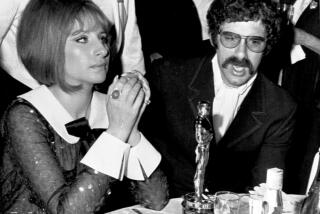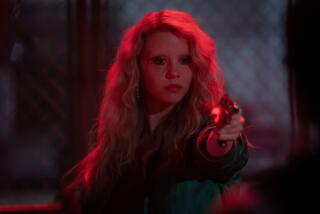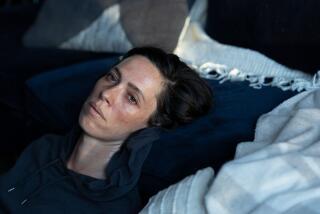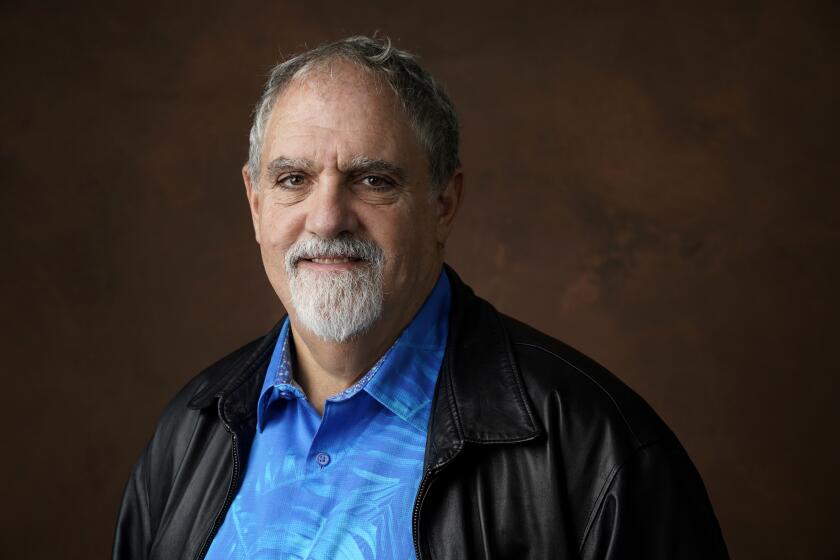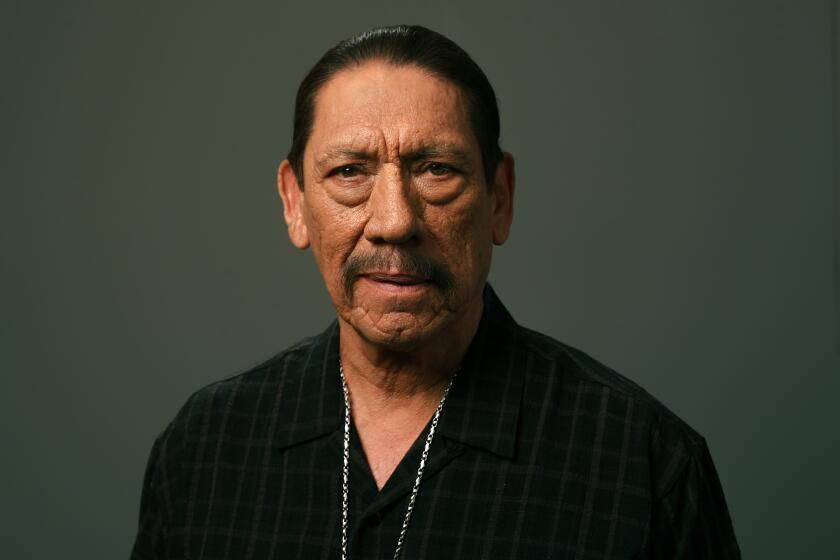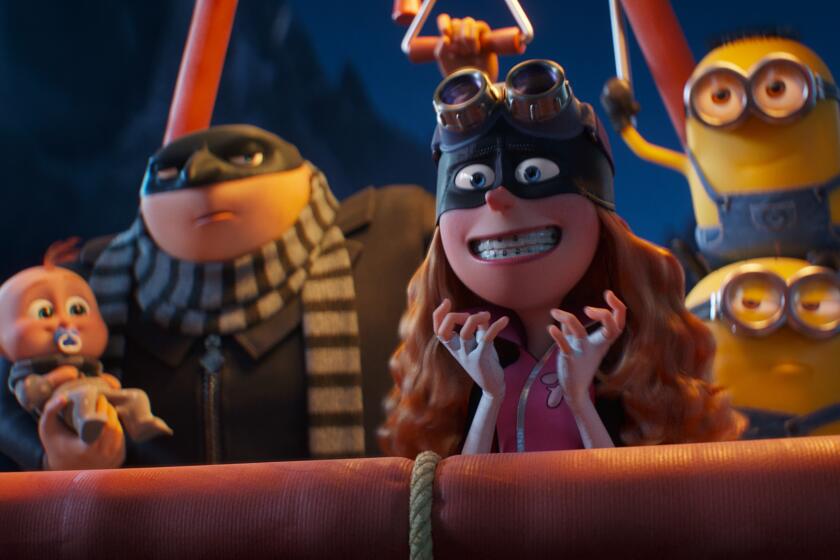The Pair Who Write Songs for Nannies and Pooh Bears
Baby boomers and their kids can probably sing many of the tunes written by the prolific composers Richard M. and Robert B. Sherman. For “Mary Poppins,” they penned the Academy Award-winning “Chim Chim Cher-ee” and won another Oscar for best original score. Other standards from “Mary Poppins” include “A Spoonful of Sugar,” “Supercalifragilisticexpialidocious” and Walt Disney’s personal favorite, “Feed the Birds.”
During their tenure at Disney, the Shermans wrote 150 songs, which were featured in 27 films, including “The Jungle Book,” “The Happiest Millionaire,” “Bedknobs and Broomsticks” and “The Parent Trap,” for which the Hayley Mills recording of their “Let’s Get Together” hit the charts in 1961.
The Shermans also wrote title tunes for Disney TV movies like “The Mooncussers,” as well as the theme songs “It’s a Small World,” “The Wonderful World of Color,” “The Tiki Tiki Tiki Room,” “Winnie the Pooh” and “Great Big Beautiful Tomorrow.”
They also wrote the music to such non-Disney family films as “Chitty Chitty Bang Bang,” “The Magic of Lassie,” “Tom Sawyer” and “The Slipper and the Rose.” They also penned the Broadway hit “Over Here.”
The brothers have returned to Disney to write five new songs for the animated feature “The Tigger Movie,” which opens today and follows the quest of the bouncy, outgoing friend of honey-loving Winnie the Pooh to find his family.
The Shermans wrote tunes for the three Winnie the Pooh animated shorts in the mid-’60s, including “The Wonderful Thing About Tiggers,” which is reprised in this movie. Among the new tunes they have penned are the lovely “Pooh’s Lullabee” and the tongue-twister “The Whoop-de-Dooper-Bounce.” They also collaborated with Kenny Loggins on the final song, a ballad titled “Your Heart Will Lead You Home.”
The sons of songwriter Al Sherman (“Potatoes Are Cheaper”), the Shermans have two Grammys, 23 gold and platinum albums and a star on the Hollywood Walk of Fame. Last year, they published an autobiographical coffee table book, “Walt’s Time.”
Both now in their 70s, Richard, the younger, is bouncy, outgoing and tends to dominate the conversation, like Tigger. Robert, who is three years older, is quiet and funny, just like Pooh. The two, who often finish each other’s sentences, talked about “The Tigger Movie” and their life at Disney in the same small music room, complete with a piano, where they collaborated with Loggins.
*
Question: This is your first film for Disney since 1971’s “Bedknobs and Broomsticks.” Why did you come back to the studio for “The Tigger Movie”?
Richard Sherman: Bambi Moe, who is the film’s executive music producer, was in a conference talking about who could do the music. She said there is only one team who is perfect for this--they wrote the original music.
I am sure somebody said, “Are they still alive?” She asked us to come in. We didn’t quite know whether it would be something we wanted to dig into. But when they told us the story; it’s such a moving story. . . .
Robert Sherman: That’s why it’s called a “moving” picture.
Richard: We felt so positive about it. We said, we absolutely have to do this. We worked with a great team of young people. In a way it was like a homecoming because we were going back to our young years--35 years ago. It was like defying Thomas Wolfe, who said, “You can’t go home again.”
[Bob and Bambi and I] discussed where a song was needed and what it should accomplish, and then we would go off and do our scribbling.
*
Q: How do you collaborate? Does one of you write the music and the other the lyrics?
Robert: Both of us think of an idea and then we. . . .
Richard: Both work together. We sit at the piano. I am a musician and I play, and Bob conducts a lot of what I am playing and where to go with it. Usually, he tells me where to go. We both work on lyrics and on the melodies and the ideas. It is a constant collaboration.
Robert: We have a lot of shorthand. We’re brothers and have had the same experiences. I could just say “Seattle,” and he’ll know what [experience] I am talking about.
Richard: Also, we sort of have a telepathy. We sometimes finish each other’s sentences.
*
Q: You have your “Supercalifragilisticexpialidocious”-type song in “The Tigger Movie.”
Richard: “The whoop-de-dooper, loop-de-looper, alli-ooper bounce.”
*
Q: How did you come up with that song?
Richard: First of all, Tigger himself is such a wonderful, bouncy little guy, a bouncy, flouncy, trouncy, bouncy guy, we had to give him a brand-new song, and the opportunity came with little Roo, who adores Tigger and wants to be part of his life. So Tigger tells him he has to have this bounce in order to be a tigger. It was just a natural.
*
Q: But how do you come up with these catch phrases?
Robert: That just happens to us.
Richard: We think crazy a little bit. We play with words a lot. Wordplay sort of came through us through our family; our dad was a great songwriter.
Robert: [He wrote] “Ho Ho Ha Ha Me Too.”
Richard: And “On the Beach at Bali Bali.” These are all songs which had wordplay in them. Dad was our mentor and our original instructor in the construction of songs way, way back in the early ‘50s.
There is a great old story about Michelangelo. He used to go to the quarry and look at these huge, huge blocks of marble. He would look at a block of marble for maybe half a day, and then he said, “Oh yes, I want that one because I see inside that one, my David. All I need to do is free him,” and all you have to do is chip away the garbage.
That holds true when Bob and I sit down to write a song. We say, “What is it about? Why do we need this song? What is it going to say?” Once we have that big block of marble, all we need to do is chip away.
Robert: Our dad had a saying: “There are three S’s: simplicity, sincerity and sound.” We always look for these three S’s.
*
Q: What was it like collaborating with Kenny Loggins on the final song, “Your Heart Will Lead You Home”?
Robert: We met him and he was a nice guy, a real talented boy. We had two meetings with him, and at the second meeting we finished the song and then he recorded it and came back with a demo.
Richard: It was a great demo. We waited for the final decision [from the producers], and it came back that they loved it. They wanted a song about the picture, as opposed to songs of the picture. It was a wonderful moment for all of us. We had never collaborated before.
*
Q: When did you start working at Disney Studios originally?
Richard: 1960.
*
Q: You wrote for Annette Funicello before that?
Richard: We wrote “Tall Paul.” We wrote a lot of songs for Annette. Then Annette eventually graduated to the “Beach Party” pictures, but to this day we have a great love for Annette.
Robert: She was our lucky star.
Richard: She is the one who brought us to Disney. He first gave us a grueling apprenticeship. We wrote seven songs, totally different assignments one at a time to prove to him we could do anything. We did westerns, Mexican songs, everything. Then one day he handed us this book called “Mary Poppins.” He said, “Read it and tell me what you think.” We knew that was the writing on the wall [that he liked us]. We worked on that for 2 1/2 years.
Robert: We worked on 12 pictures [while] working on “Poppins.”
Richard: It was a back-burner thing. We would work on it for two weeks and then be pulled off of it to work on some other things, and then we would come back to it.
Robert: Mostly, all the score was written before there was a script.
*
Q: I loved the final song, “Let’s Go Fly a Kite.”
Robert: That was dedicated to our father.
Richard: He used to take us out as kids and fly kites [with us].
*
Q: Are you at work on your next project?
Richard: We have a [musical for the theater] we have high hopes for: “The Merry-Go-Round of Life,” which is kind of a serious musical.
Robert: It is nothing like we have ever done before.
Richard: The Sherman brothers, hold the sugar!
More to Read
Only good movies
Get the Indie Focus newsletter, Mark Olsen's weekly guide to the world of cinema.
You may occasionally receive promotional content from the Los Angeles Times.
